Even if you’re not an SEO expert, you probably know that search engine optimization can be the difference between a website being invisible and being an absolute beast.
The concept of SEO is a major backbone of the internet – an incredible information highway that we use every single day, often dozens of times a day. And for some businesses, ecommerce SEO is a major determinant of how much success they have.
This article could last for miles if we dove into every single nook and cranny of ecommerce SEO. That’s why this guide is something of an introduction instead of a comprehensive explainer.
We’ll answer the question, “What is ecommerce SEO?” We’ll also look at six core concepts of SEO for ecommerce website, including keyword research, how to write better content, and how to optimize the backend of your site.
To be honest, you can keep learning about SEO for the rest of your life. And you should. That’s why we’ll provide plenty of links for you to continue your quest in conquering the internet.
Let’s do this.
What Is Ecommerce SEO?
Ecommerce SEO, or search engine optimization, is the art, science, and mystery of getting various pages of your website to rank high in a search via search engines like Google, Bing, and Yahoo.
The key here is that SEO rankings are organic, which means you’re not paying for them through Google Ads or any other advertising platform.
The fun part of SEO (and the reason we call it a mystery) is that search engine companies don’t tell us exactly what algorithms, formulas, and criteria they use to decide who gets what ranking. So while there’s a lot that we know about SEO, there’s still a whole lot we don’t know.
One thing’s for sure: You definitely want to be on the first page of a search result for items that you sell in your store. One study shows that a whopping 92 percent of traffic goes to websites that show up on the first page of a Google search.
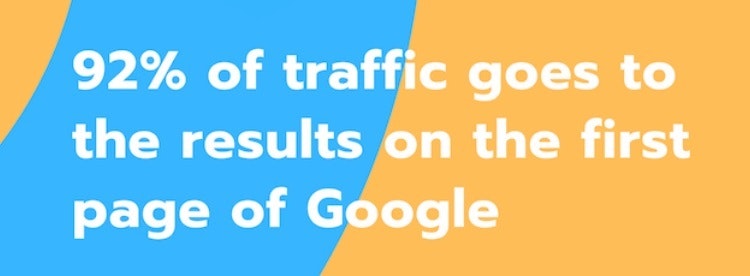
But this will take time and lots of hard work. And to be completely honest, you might not ever get there. But that’s not the most critical thing we’re working toward.
At its core, good SEO means having an awesome website with a smooth, simple, and engaging experience for all of your visitors. It’s no coincidence that when you improve this experience, your SEO rankings will improve.
So, instead of digging into theories and debates about what will land you on the first page, we’re going to cover the core ecommerce SEO best practice tips that everyone agrees are key to success.
Ecommerce SEO Checklist: 8 Tips to Improve Ecommerce SEO
1. Do some good old-fashioned keyword research.
Even beginners have heard of this one. The purpose of keyword research for ecommerce sites is to make sure that your website includes the terms that shoppers type in when they’re ready to buy what you have to offer.
A big part of keywords is intent. You need to make sure that your keywords align with what the shopper truly wants, even if that’s not super obvious from the words they type. (Mind-reading is a tall order, we know.)
→ Click Here to Launch Your Online Business with Shopify
Then, when you know the right terms, you can include them all over your site, like in your product names and descriptions, and in the metadata of your pages. We’ll get into that soon.
Here are a few options to do some quick, free ecommerce keyword research:
- Google Trends
- Google Search Suggestions
- Ahrefs Keyword Generator
- Ubersuggest
- Answer the Public
- Keyword Sheeter
Type in what you’re selling, and these tools will spit out related terms that other people search for. Many tools will also tell you how many people search those terms, and how easy it might be for you to rank if you include them in your ecommerce SEO strategy (called “keyword difficulty”).
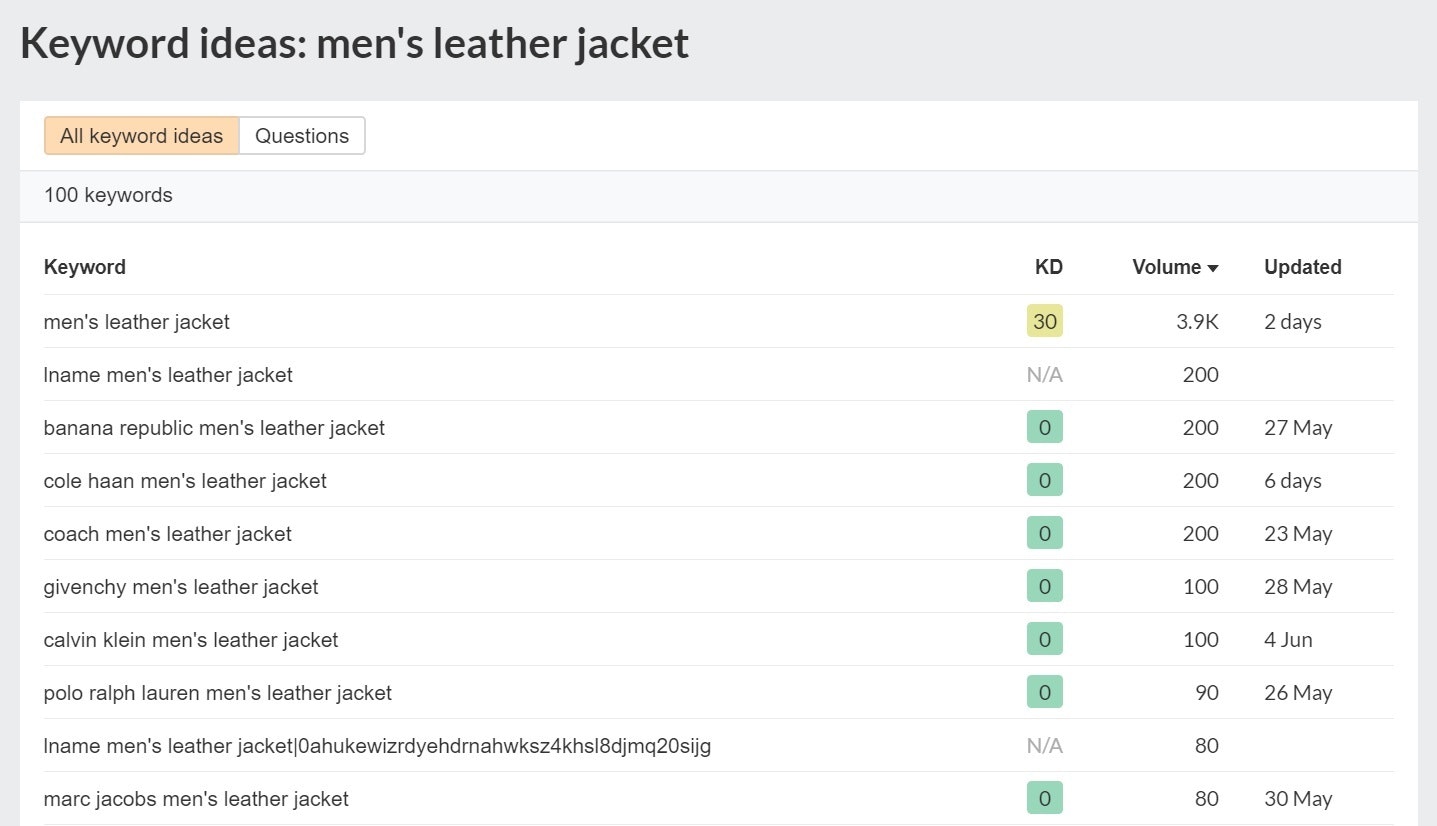
2. Optimize on page SEO for ecommerce product pages.
This is another agreed-upon principle of SEO for ecommerce product pages. In addition to carefully sprinkling in words that your customers see in descriptions, you should also pay attention to the on page SEO elements. The three key elements of on page SEO are:.
Page titles: The top blue line that shows up in each Google search result. This line should have an intuitive name for your potential customers, while also fitting in a keyword or two where you can. It’s recommended that your title is around 70 characters long.
Meta descriptions: The text underneath the page title in the Google search result. For a product page, consider this a preview of what they’ll see when they click. Again, add your keywords in a natural way. Keep this to 320 characters long.
In Shopify, you can edit your page titles and meta description quite easily. Scroll to the bottom of your product page editor. In the “Search engine listing preview” section, click “Edit website SEO.” This is what you’ll see:
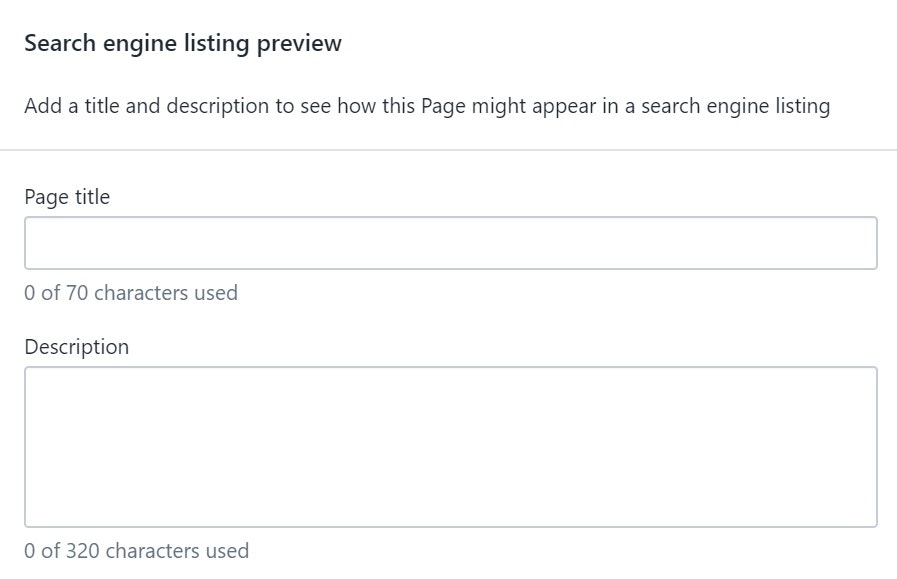
Images: Believe it or not, what you name your images before you upload them to your site makes a difference. Search engines “crawl” this information, which means they basically look through it constantly and use the data for ranking, archiving, and to deliver results on image search pages. Name your images with keywords when possible, and include descriptive details like styles and colors.
Use a dash between each word, like “mens-brown-leather-moto-jacket.jpg”. When you upload the image, fill in the alt text with the same description. Alt text stands for “alternative text,” which is designed to show if the user’s device fails to load the image for some reason.
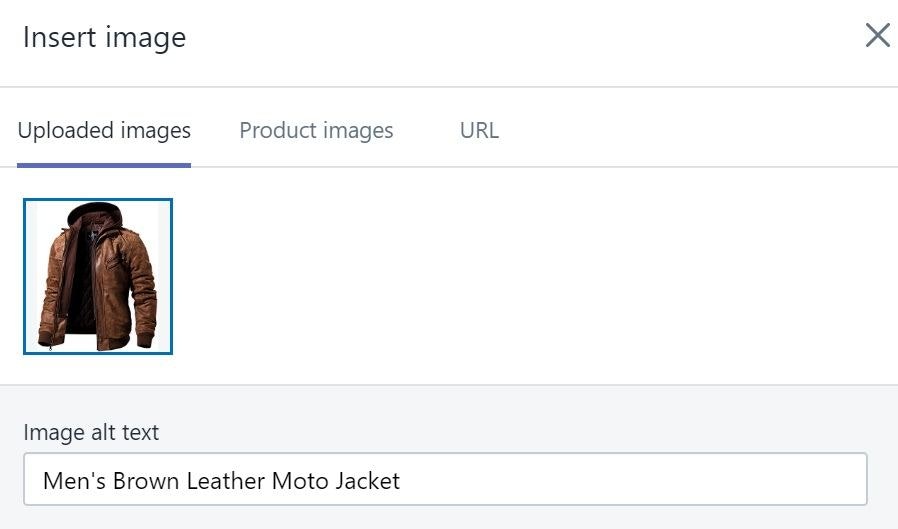
3. Organize your website in a simple, logical way.
Another important aspect of ecommerce SEO optimization is the site architecture.
The way you organize all the pages of your store is called the “architecture.” This is a really important tip to improve ecommerce SEO while also improving the user experience of your potential customers.
How many times have you been to a site where the organization makes no sense, and you find yourself more confused with every click? We’ve all been there. And nobody likes it.
An ideal website architecture has a clear, logical structure for how everything is organized.
Consider a store that sells shoes. They might break the shoes up into three categories: sneakers, formal, and sandals. From there, they have subcategories. And then the products.
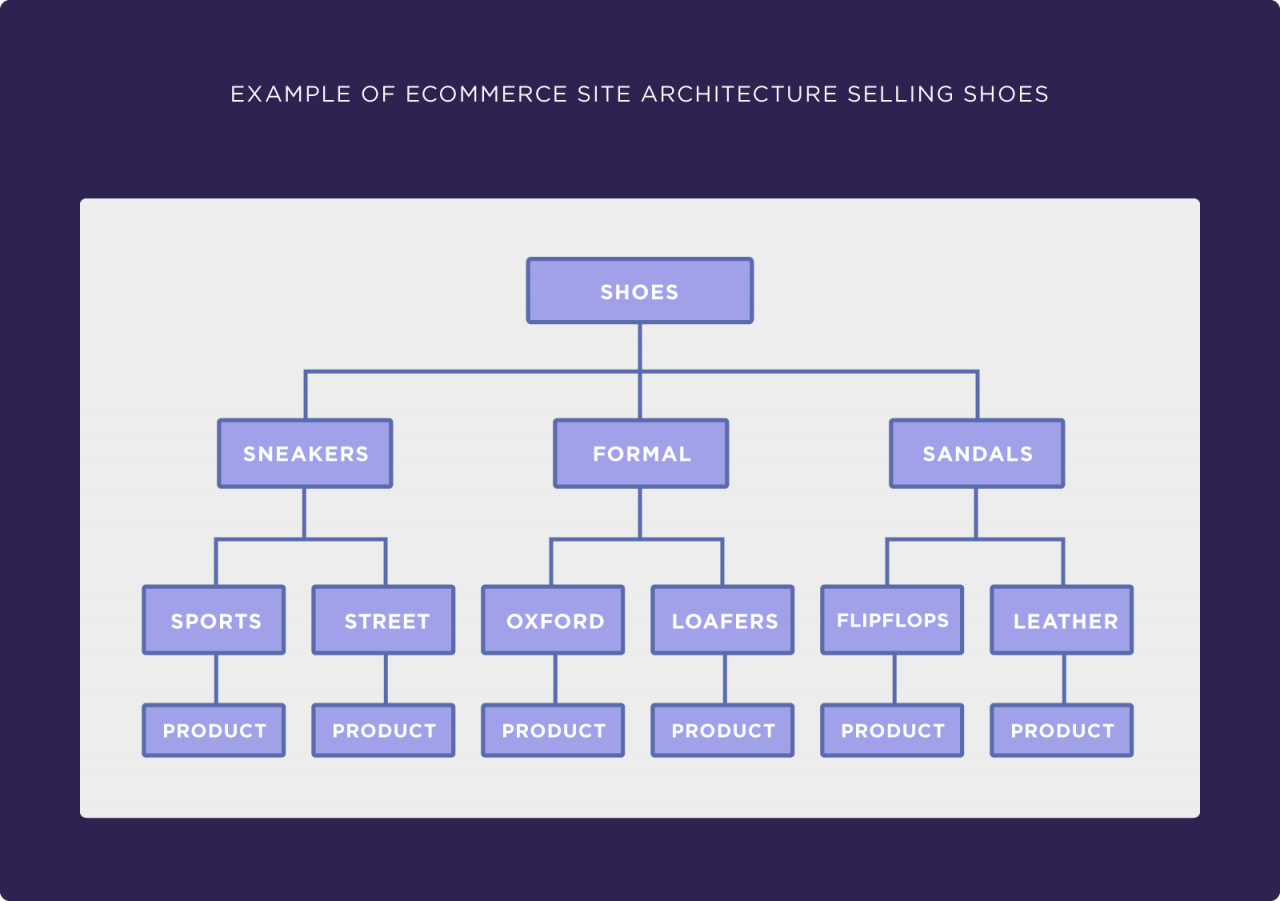
This is a clean site architecture because it’s predictable, balanced, and easy to follow.
An added benefit to this doubles as another one of our best ecommerce SEO practices: keeping your page URLs tight and clean.
As you build your architecture and name your pages from category down to product, only include a few descriptive terms (and leave out unimportant words like “the, a, of” and other types of words that aren’t included in keywords. Search engines crawl URLs too, so make them count.
4. Have a mobile-friendly site.
This should be integral to any SEO strategy for an ecommerce website. Why? Because people love shopping on their phone. According to mobile commerce statistics, m-commerce, or mobile commerce, is projected to be nearly 70 percent of all ecommerce sales. And this year, m-commerce is going to generate $3.56 trillion in sales.
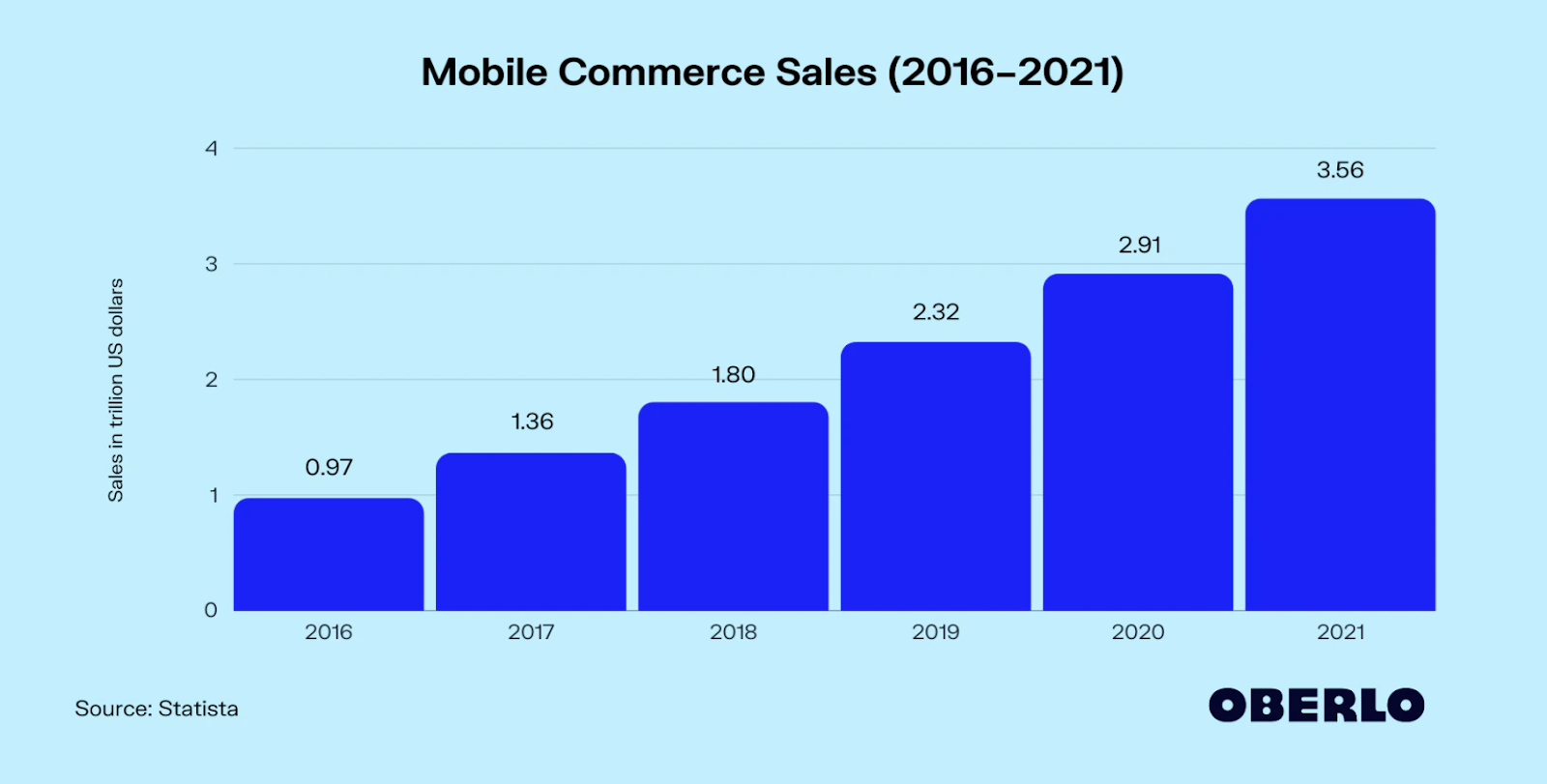
This ecommerce SEO tip is specifically aimed at improving your shoppers’ experience on your website.
It’s a good idea to carefully scroll through every one of your web pages on your own phone (and a tablet, if you have access to one) to make sure that your site is fully responsive. This means that it automatically adjusts to the user’s device so that the experience can stay smooth and seamless no matter what tool they’re using to shop in your store.
This shouldn’t be a major nuisance, as most Shopify themes are optimized for mobile. But just to double-check, run your URL through Google’s mobile-friendly test tool. Since it comes straight from the horse’s mouth, you’ll know what Google might be penalizing you for when it comes to your online store SEO.
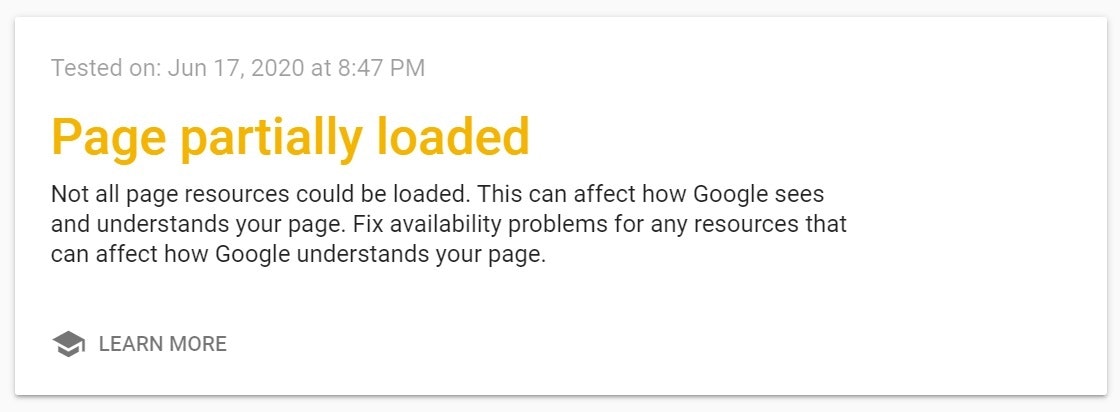
To up your game, sign your website up for Google Search Console, where you’ll be able to get comprehensive insights about your store’s SEO performance and learn how to keep climbing to the first page.
5. Start a link-building strategy.
Coming over to off page SEO for ecommerce websites, backlinks are a powerhouse for stores looking to improve their search engine rank.
Backlinks are when one website includes a link to another site on one of its pages. They’re also known as incoming links or inbound links.
Generally speaking, the more times your site is linked by other sites, the better it will be for your SEO rankings.
But there’s a huge caveat: It’s critical to make sure that you’re building quality links from other credible, high-ranking websites. The almighty Google is one smart cookie, and it will know if you’re running a shady backlink operation (and punish you accordingly).
Here are some ideas for your new link-building strategy:
- Write guest blogs on other websites in related niches, where your audiences can cross-mingle.
- Start an influencer marketing campaign where you get shoutouts and reviews from bloggers.
- Email related websites and ask them to link to a specific page on your site in exchange for a link to theirs.
- Register your website on various types of directories and listing websites.
6. Run an SEO audit to see where you’re at now.
If your site is already up and running, there are plenty of free and paid online tools you can use to run a quick ecommerce SEO audit.
Even with the free versions, you’ll be able to learn a lot about how your website is performing. And you’ll walk away with a good idea of the most important things you can fix.
One of our favorite free ecommerce SEO audit tools is Ubersuggest’s SEO Analyzer.
It shows you scores for different SEO elements, plus a rating scale to show you how good that score is.

As you scroll down, you’ll see a site health checker that shows you critical errors, warnings, and recommendations.
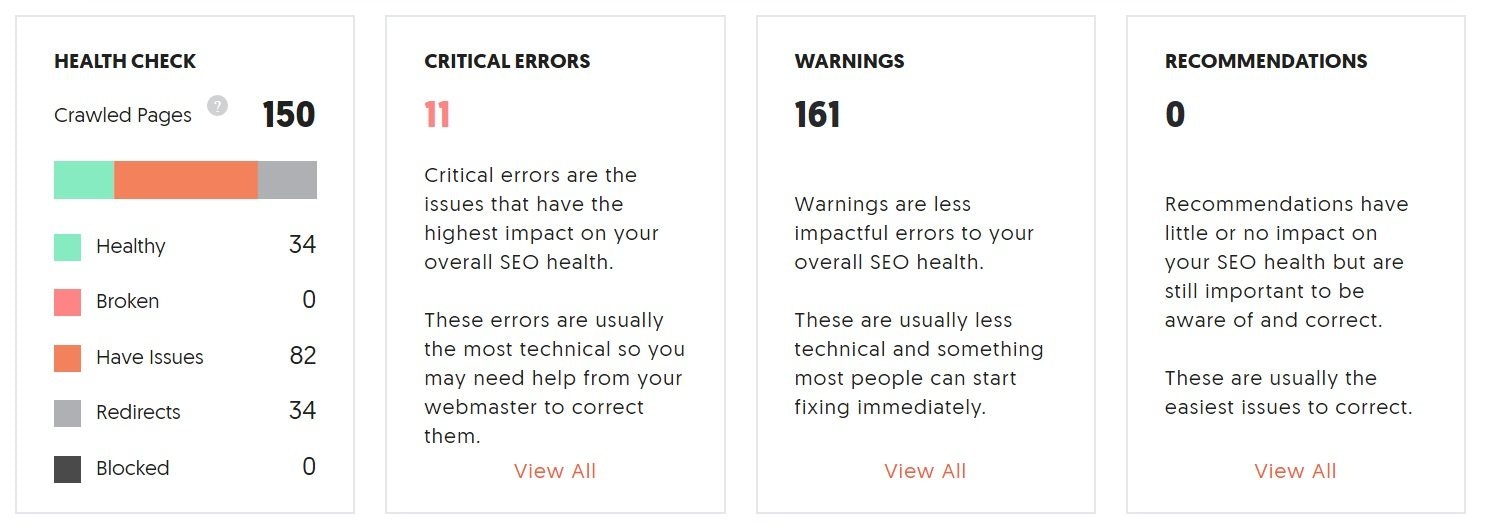
And below that, you’ll see how fast your pages are loading and the top SEO issues you should fix. Conveniently, it shows you a rating of how tough or time-consuming it might be for you to fix them, as well as how high of an impact that issue has on your rankings.
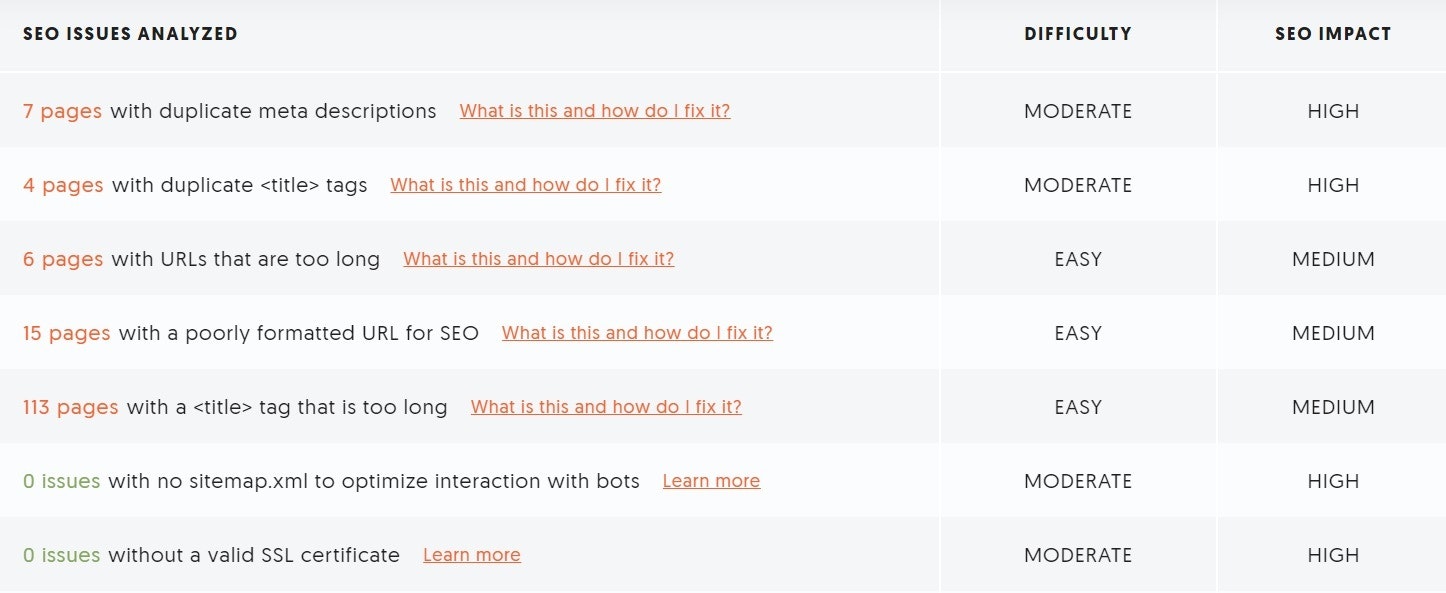
Some other handy ecommerce SEO audit tools include Raven, Woorank, SEO Site Checkup, and SEOptimer.
And while we’re on the topic of tools, use an ecommerce SEO checklist, like the ones from Shopify or Justin Collier, to make sure you’re covering all your bases.
7. Redirect broken pages
When doing technical SEO for ecommerce, don’t forget to create redirects for broken pages.
These could be pages with content problems, poor URL structure, or missing products.
Broken pages might display a “404” in the page title or elsewhere on the page or load a placeholder message saying “page not found.”
Although most store owners will be advised to take down such pages, doing so can result in crawl-related errors that could take some time to fix.
So why add to your work when you can redirect a URL to a new, functional page?
In Shopify, you can create URL redirects by going to your admin, choosing Online Store and then Navigation, clicking URL Redirects followed by Add URL redirect, entering the old URL in Redirect from, and finally inserting the new URL in Redirect to.
8. Speed up your website
Just a 1 second delay in site load time can reduce conversions by 7 percent.
That’s a big loss when you’re generating $10,000 or upwards in revenue each month.
To improve your website speed, start by checking its current performance. Tools like Pingdom and GTmetrix work well for testing site load time.
If your ecommerce store takes more than 10 seconds to load, it’s a signal that your site requires some speed optimization.
Here are some ways to improve your website’s speed:
- Compress your product images: If the product pictures on your site are not optimized, they might weigh down your loading speed. Fortunately, the Shopify app store has several apps that help with image optimization and compression. Here’s a popular one.
- Use a simple website theme: It’s typical for stores that use a simple theme to load faster than stores using flashy animations, complicated layouts, and other elements. So when choosing a theme for your storefront, be sure to prioritize minimalist design over fancy appearance.
- Consider lazy loading: If your online store relies on product videos and images heavily, then it can benefit from lazy loading. This is where your site doesn’t load all visual elements at once, but only downloads what’s visible on a visitor’s screen. When the visitor scrolls down, the site loads visuals that are now on display. An app like Lazify can help you implement lazy loading.
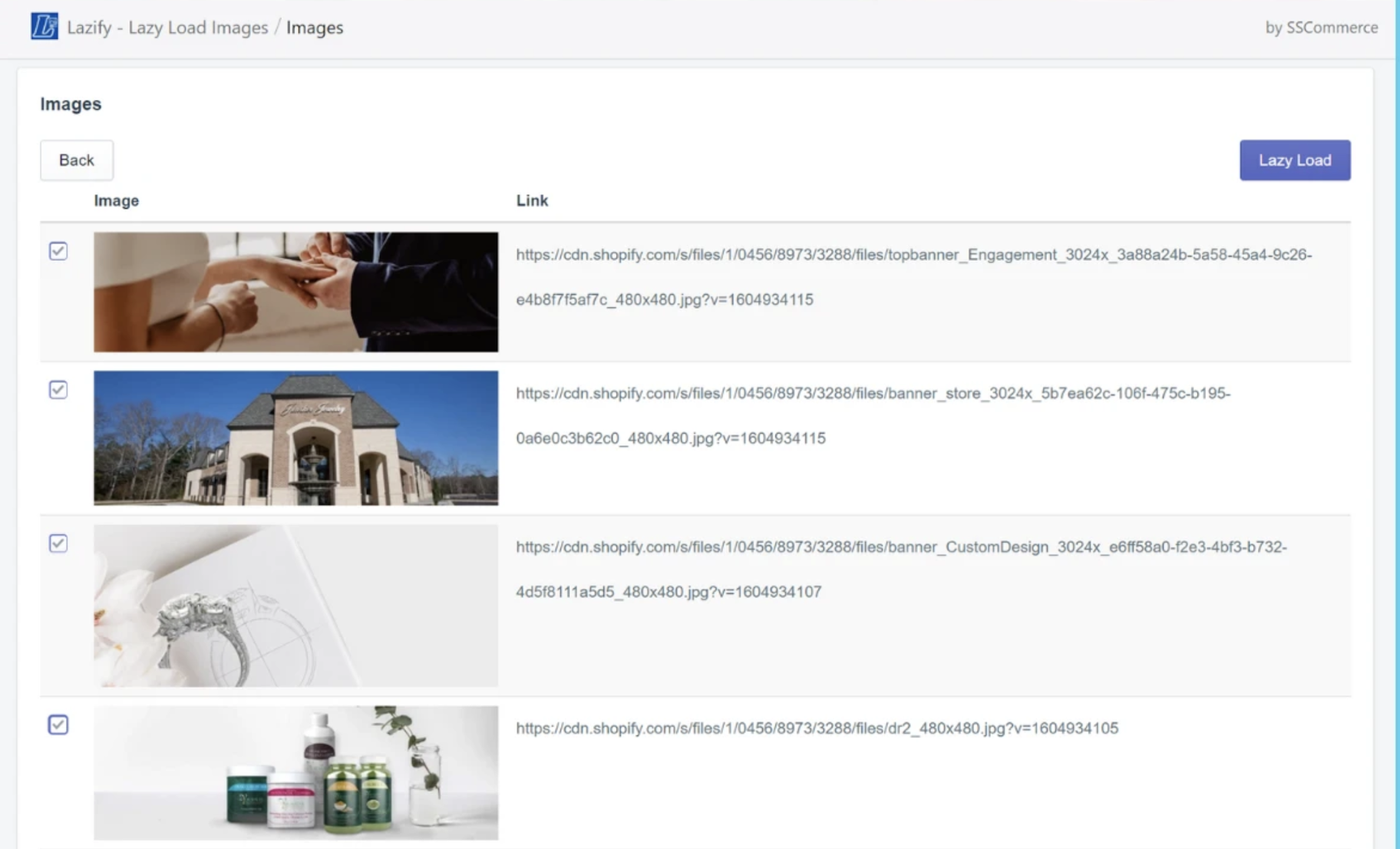
Mastering SEO Tips for Ecommerce Websites
It’s a hard truth, but SEO for ecommerce sites isn’t something you can master in a day. If you really want to be a rank rockstar, you’ll need to regularly set aside some time to keep building your knowledge base.
And since there are so many opinions out there, you should diversify your information sources to make sure you’re seeing different viewpoints and research.
Or, of course, you could just hire an SEO specialist to do the dirty work for you and save you a whole lotta time.
Either way: When you implement core ecommerce SEO tips, you’re not just working on boosting your visibility in search engines. You’re also making your website and your customers’ user experience better.
In summary, here are the eight best practices for improving SEO of your ecommerce website:
- Identify the right keywords to include in your product pages.
- Give your page titles, meta descriptions, and images some love.
- Organize your store’s website in a simple, logical way.
- Make your website mobile-friendly.
- Create a link-building strategy to drive organic visits.
- Run an SEO audit to address errors and warnings.
- Redirect broken landing and product pages.
- Reduce page load time to speed up your site.
We guarantee you that taking these steps will translate into more sales and happier customers – so don’t skimp on these strategies!



